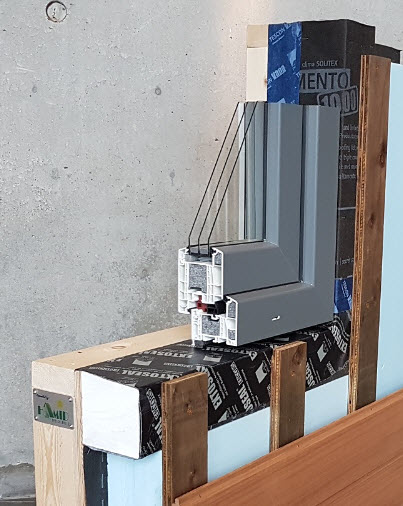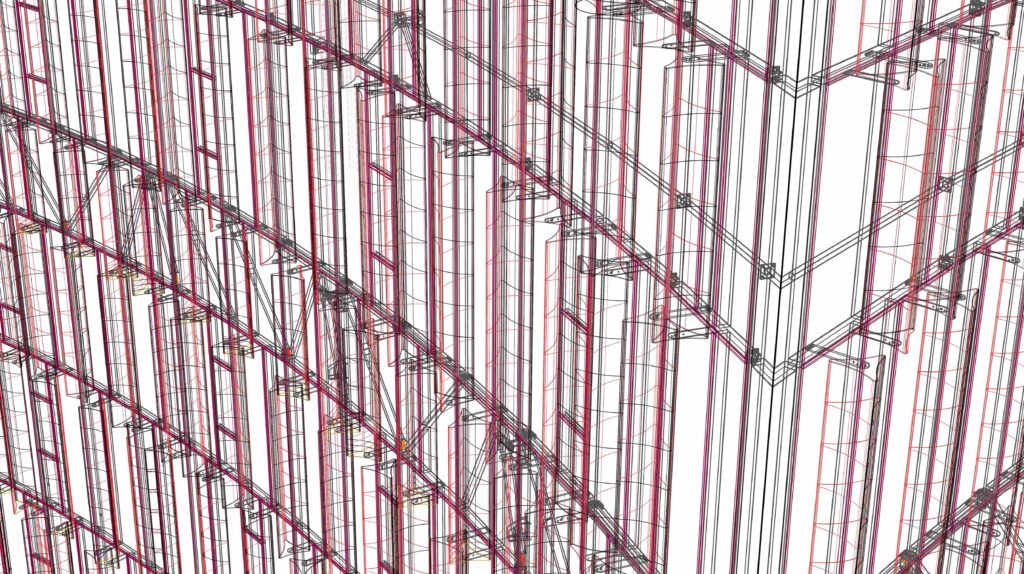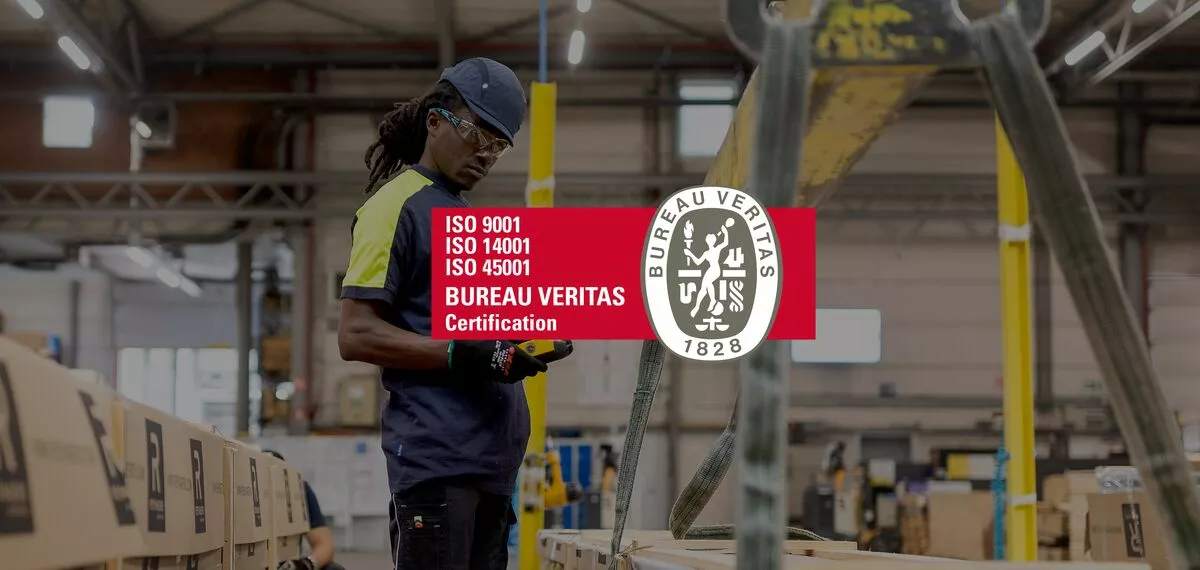
The topic of “thermal bridging” often comes up when discussing energy conservation and household comfort, but it is still not fully understood.
Despite this, the impact of thermal bridging on the heating and cooling costs of your home is indisputable.
Understanding Thermal Bridging
Thermal bridging refers to the transfer of heat through a material that has a higher thermal conductivity compared to the surrounding materials.
Thermal bridging is when heat is transmitted through a building component, such as a wall, roof, or window frame, that has a lower thermal resistance than the materials surrounding it.
Put simply, it is like having a weak spot in your house’s thermal protection, allowing warmth to escape in the winter and enter in the summer, making it harder and more expensive to regulate the indoor climate.
The Impact of Windows on Thermal Bridging
Windows function as important elements in a building’s envelope and can significantly impact thermal bridging. Their large surface area and use of conductive materials make them potential pathways for heat transfer. Here is how windows contribute to thermal bridging:
- Composition of Frames: The materials used to make window frames usually include aluminum, wood, or vinyl. Aluminum frames, specifically, are highly conductive and can easily transfer heat between the inside and outside of your home.
- Spacer Bars: In windows with double or triple glazed designs, spacer bars are utilized to maintain the space between the glass panes. If these bars are made of metal, they can create a thermal bridge, allowing heat to pass through.
- Insulating Glass: While glass itself is not a strong conductor of heat, it can contribute to thermal bridging if the window’s design does not have sufficient insulation. Older or poorly constructed windows may also have inadequate insulation between the glass and frame.
- Installation: The installation of windows is crucial in preventing thermal bridging. Improperly sealed or installed windows can lead to air infiltration, resulting in energy loss.
Approaches to Reducing Thermal Bridging
In order to increase energy efficiency and maintain a pleasant indoor environment, it is crucial to address thermal bridging near windows. The following methods have been proven to be effective:
- Choose Energy-Efficient Windows: When considering replacing your windows, opt for models that are known for their energy efficiency. Look for double or triple glazing, low-emissivity (Low-E) coatings, and gas-filled gaps between panes, as these features improve insulation.
- Select the Right Frame Material: Choose window frames that have lower conductivity than traditional aluminum frames. PVC-u and wood frames offer better thermal performance, with vinyl being a more affordable option.
- Utilize Thermal Breaks: Consider windows that have thermal breaks incorporated into their frame design. These breaks are insulating materials placed between the inner and outer parts of the frame, reducing heat transfer and minimizing thermal bridging.
- Ensure Proper Window Installation: Hire professionals to install your windows to ensure a thorough, airtight seal. Properly installed windows can reduce air leakage, leading to lower energy loss and less thermal bridging.
- Use Window Coverings: Implement energy-efficient window coverings like drapes or blinds to prevent heat from transferring through your windows. These coverings can help retain warmth during the winter and block excessive heat during the summer.
- Apply Window Film: Applying Low-E window film can enhance the insulation of your current windows. It reflects heat back into the room, reducing heat loss in the winter and heat gain in the summer.
- Insulate Around Your Windows: Properly insulate the area surrounding your windows to minimize thermal bridging. This includes sealing any gaps and using insulation materials to fill in any voids.
Do Windows Require Thermal Breaking?
When discussing thermal bridging in windows, a common inquiry is whether thermally broken windows are necessary. The answer depends on your specific goals for energy efficiency and the climate conditions.
In areas known for their extreme temperatures, where ensuring indoor comfort is crucial, thermally insulated windows can be a great option.
Thermally insulated windows are designed with a material that does not conduct heat, usually a strip of plastic or rubber, placed between the inner and outer parts of the window frame. This effectively breaks the path of heat transmission, reducing thermal bridging. Although thermally insulated windows may have a slightly higher initial cost, they can result in significant energy savings in the long run, making them a wise investment.
Understanding Thermal Bridges in Window Frames
Understanding the concept of thermal bridging in window frames is crucial in order to make informed decisions about the energy efficiency of your home.
Thermal bridging occurs in window frames when the frame materials, like aluminum or steel, enable the transfer of heat between the interior and exterior of your house. This transfer of heat can result in increased energy usage and reduced comfort.
In order to address the issue of thermal bridging in window frames, companies have developed creative solutions, such as thermal breaks and improved frame materials. These advancements help to reduce heat transfer and improve the overall thermal efficiency of windows.
Understanding the impact of thermal bridging on your home is crucial in the quest for energy efficiency. Windows, which play a significant role in your home’s structure, can either worsen or improve thermal bridging. By choosing energy-efficient windows, appropriate frame materials, and proper installation techniques, you can significantly reduce heat loss and gain through your windows.
When considering replacing windows or upgrading a home, it is important to carefully consider thermal bridging. By making informed choices and investing in energy-efficient windows, as well as taking steps to reduce thermal bridging, homeowners can improve the comfort of their homes, decrease energy costs, and contribute to a more eco-friendly future.
Don’t hesitate to contact Windora Windows + Doors + Facades today if you’re looking to increase the energy efficiency of your home by upgrading your windows. Our team of experts is ready to assist you in choosing the perfect windows to meet your needs, allowing you to enjoy the benefits of reduced thermal bridging and enhanced comfort. Make the decision to create a more energy-efficient and comfortable living space today!






